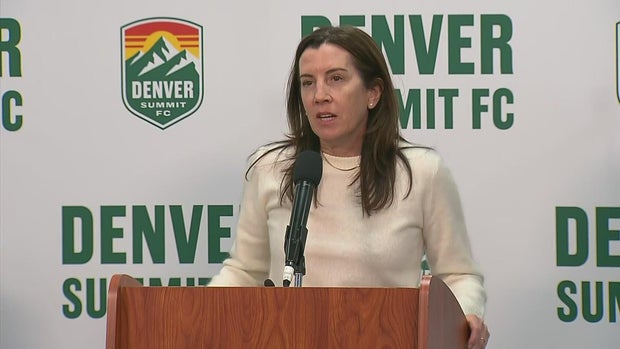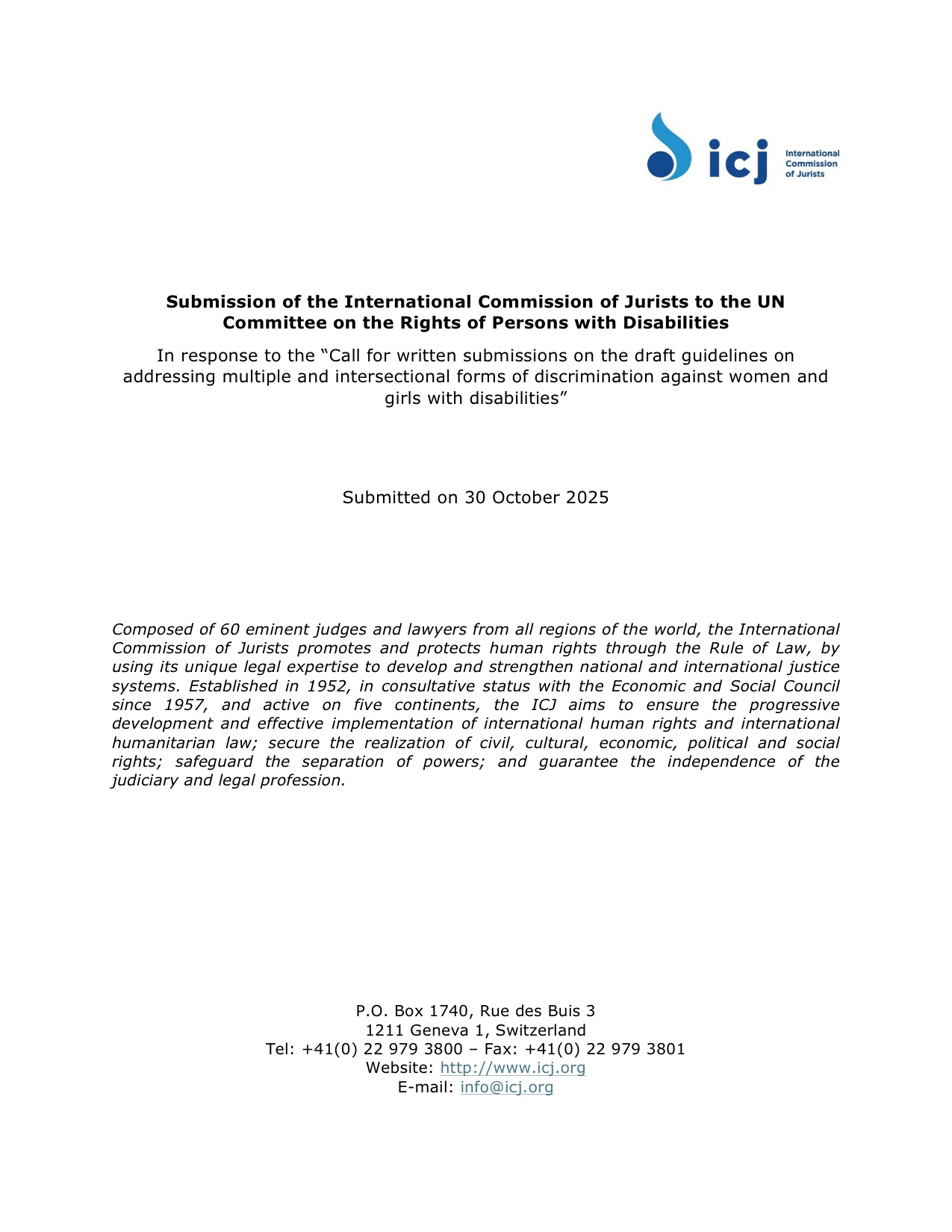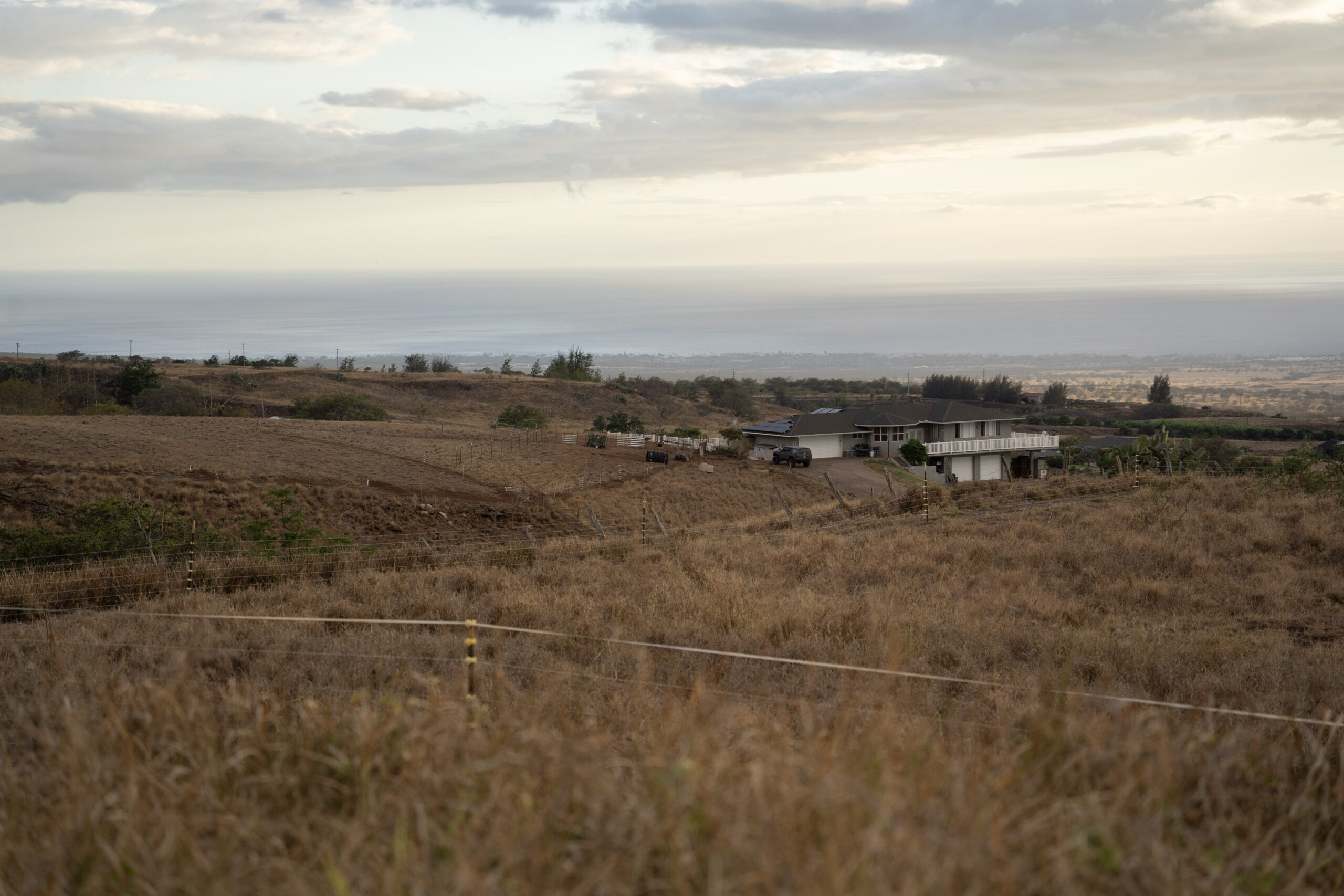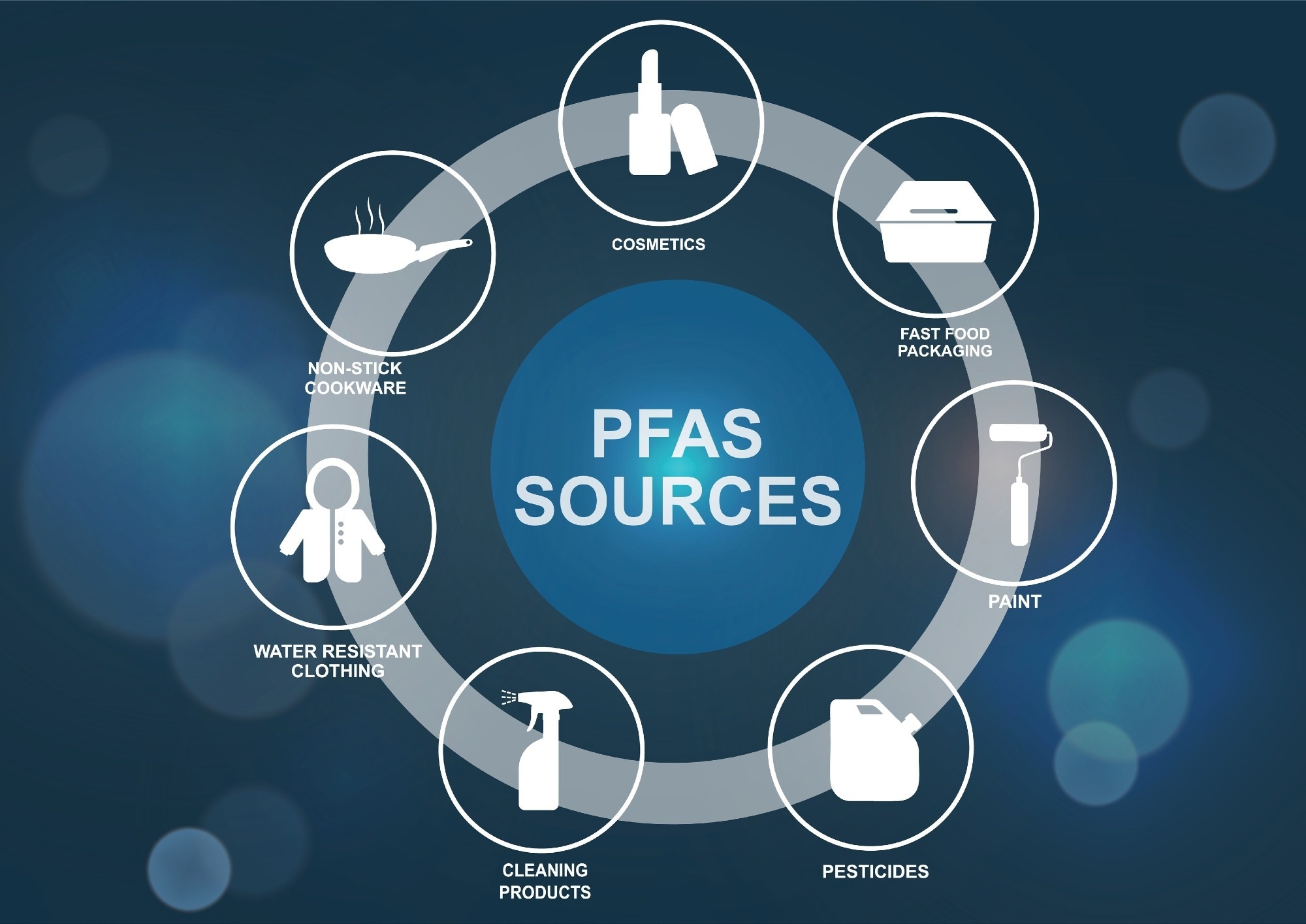Asheville Water Resources Director David Melton accepts new position in Rock Hill, SC – The City of Asheville (.gov)

Report on the Departure of Asheville Water Resources Director and Contributions to Sustainable Development
Executive Summary
A report on the departure of Water Resources Director David Melton, effective August 1, following his acceptance of a position in Rock Hill, S.C. Mr. Melton’s nine-year tenure with the City of Asheville was distinguished by the management of critical infrastructure projects that have significantly advanced the city’s progress toward key United Nations Sustainable Development Goals (SDGs), particularly those concerning water, infrastructure, and climate resilience.
Analysis of Key Projects and Alignment with Sustainable Development Goals (SDGs)
SDG 6: Clean Water and Sanitation & SDG 11: Sustainable Cities and Communities
Under Director Melton’s leadership, the Water Resources department undertook major initiatives to ensure the availability and sustainable management of water and sanitation, directly supporting the growth of a safe, resilient, and sustainable community. These projects are in direct alignment with the objectives of SDG 6 and SDG 11.
- Mills River Water Treatment Plant Upgrade: An ongoing, multi-phase upgrade that will double the plant’s production capacity. This expansion is critical for providing clean water to a growing urban population and ensuring the long-term sustainability of the community’s water supply.
- Patton Avenue Waterline Project: The successful completion and installation of 7,000 feet of new waterline. This project enhances water security and supply to the expanding western portions of Asheville and Buncombe County, facilitating sustainable urban development.
SDG 9: Industry, Innovation, and Infrastructure & SDG 13: Climate Action
A significant focus of the department’s work involved building resilient infrastructure and strengthening the city’s capacity to adapt to climate-related hazards and natural disasters. These efforts are central to achieving SDG 9 and SDG 13.
- Climate-Related Disaster Response: The department led the response and recovery efforts following the catastrophic damage caused by tropical storm Helene. This action highlights a strengthened capacity for adaptation to climate-related extreme events.
- Resilient Infrastructure Development: The completion of the auxiliary spillway at the North Fork Water Treatment Plant proved instrumental in protecting the facility’s earthen dam during tropical storm Helene. This represents a key investment in building reliable, sustainable, and resilient infrastructure to combat the impacts of climate change.
Leadership and Institutional Transition
City Manager Debra Campbell commended Mr. Melton’s leadership, particularly in the aftermath of tropical storm Helene, noting that the strategic plan implemented will enhance the water system’s resilience for years to come. Mr. Melton attributed the department’s successes to the dedication of his team in serving its customers. To ensure operational continuity and sustained progress toward sustainability goals, an Interim Director will be appointed, followed by a formal selection process to fill the position.
Analysis of Sustainable Development Goals in the Article
1. Which SDGs are addressed or connected to the issues highlighted in the article?
-
SDG 6: Clean Water and Sanitation
The article is centered on the management of water resources, including water production, distribution, and infrastructure. It discusses projects aimed at ensuring a stable and sufficient water supply for the community of Asheville, which directly aligns with the core objective of SDG 6.
-
SDG 9: Industry, Innovation and Infrastructure
The article highlights the development and upgrading of critical infrastructure. The completion of an auxiliary spillway, the upgrade of a water treatment plant, and the installation of new waterlines are all examples of building resilient and sustainable infrastructure, which is the focus of SDG 9.
-
SDG 11: Sustainable Cities and Communities
The content addresses the resilience of urban infrastructure against natural disasters. The response to Tropical Storm Helene and the subsequent efforts to make the water system more resilient contribute to making the city of Asheville safer and more sustainable, a key goal of SDG 11.
2. What specific targets under those SDGs can be identified based on the article’s content?
-
Target 6.1: Achieve universal and equitable access to safe and affordable drinking water for all.
- The article mentions the “ongoing, multi-phase upgrade of Mills River Water Treatment Plant that will eventually double its production capacity” and the “Patton Avenue waterline project…that will supply more water to the growing western portions of Asheville and Buncombe County.” These actions are directly aimed at expanding and ensuring water access for a growing population.
-
Target 9.1: Develop quality, reliable, sustainable and resilient infrastructure…to support economic development and human well-being.
- This target is addressed through the description of several infrastructure projects. The “auxiliary spillway at North Fork Water Treatment Plant” and the City Manager’s comment on making the “water system as resilient as possible” point directly to the development of resilient infrastructure. The upgrades and new waterlines contribute to reliable and sustainable infrastructure.
-
Target 11.5: Significantly reduce the number of deaths and the number of people affected and…decrease the direct economic losses…caused by disasters, including water-related disasters.
- The article emphasizes the leadership during the “response to and recovery from tropical storm Helene, which caused catastrophic damage.” The completion of the auxiliary spillway, which “played a critical role in protecting the facility’s earthen dam during Helene,” is a concrete measure to mitigate the impact of future water-related disasters.
3. Are there any indicators mentioned or implied in the article that can be used to measure progress towards the identified targets?
-
Indicator for Water Supply Capacity and Access (related to Target 6.1)
- The article implies progress can be measured by the increase in water production capacity (the Mills River plant upgrade will “double its production capacity”) and the extension of the water distribution network (the installation of “7,000 feet of new waterline”).
-
Indicator for Infrastructure Resilience (related to Target 9.1 and 11.5)
- Progress is indicated by the completion of protective infrastructure projects, such as the “auxiliary spillway.” The successful restoration of services after the storm (“Restoring water service in the face of historic destruction”) also serves as a performance indicator for the system’s resilience and recovery capability.
-
Indicator for Disaster Management and Mitigation (related to Target 11.5)
- The article implies the existence of a measurable plan, as noted by the City Manager: “The plan David and his team put in place to make our water system as resilient as possible.” The successful implementation of this plan is an indicator of progress in disaster mitigation.
4. Summary Table of SDGs, Targets, and Indicators
| SDGs | Targets | Indicators (as identified in the article) |
|---|---|---|
| SDG 6: Clean Water and Sanitation | 6.1: Achieve universal and equitable access to safe and affordable drinking water for all. |
|
| SDG 9: Industry, Innovation and Infrastructure | 9.1: Develop quality, reliable, sustainable and resilient infrastructure. |
|
| SDG 11: Sustainable Cities and Communities | 11.5: Significantly reduce the number of people affected and economic losses from disasters, including water-related disasters. |
|
Source: ashevillenc.gov

What is Your Reaction?
 Like
0
Like
0
 Dislike
0
Dislike
0
 Love
0
Love
0
 Funny
0
Funny
0
 Angry
0
Angry
0
 Sad
0
Sad
0
 Wow
0
Wow
0


















-1920w.png?#)






















;Resize=805#)



































